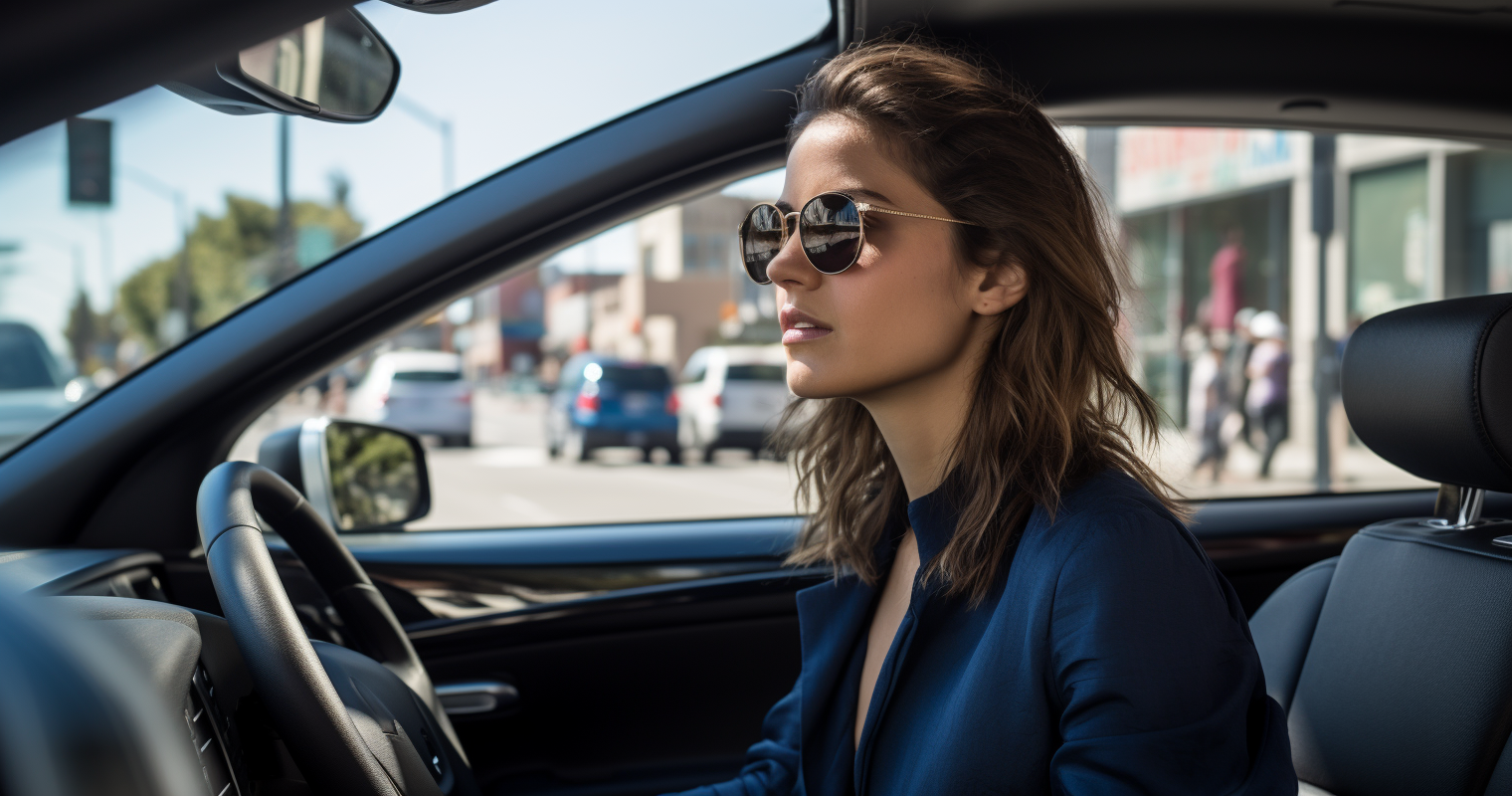India is a country known for its rich cultural heritage, vibrant colors, and diverse landscapes. However, with a population of over 1.3 billion people and an increasing number of vehicles on the road, driving in India can be a daunting experience for both locals and tourists. In this article, we will provide information on road safety, local driving standards, driving rules, and parking rules in India.
Road Safety in India
India has a high rate of traffic accidents, with an estimated 150,000 people dying each year in road accidents. The main causes of accidents are overspeeding, reckless driving, driving under the influence of alcohol, and poor road infrastructure. Additionally, traffic congestion is a common occurrence in India, particularly in urban areas.
It is important to exercise caution when driving in India, particularly at night when visibility is poor. Local driving customs, such as the use of horns to signal intent or warn of potential hazards, can also be unfamiliar to foreign drivers. It is important to remain alert and aware of your surroundings while driving in India.
Quality of Roads and Local Driving Standards
India has a diverse range of road types, from well-maintained highways to pothole-ridden rural roads. The quality of roads can vary greatly between states and regions, and it is important to be aware of the road conditions in the area you are traveling to. Additionally, traffic congestion can be a significant issue in urban areas, particularly during rush hour.
Local driving standards in India can also be different from those in other countries. For example, it is common for drivers to overtake on both sides of the road, and there is often little regard for lane markings or traffic signals. It is important to be prepared for these differences and to adjust your driving style accordingly.
Equipment Required in Your Car
In India, it is mandatory to carry certain equipment in your car at all times. This includes:
- A valid driver’s license
- Registration certificate for the vehicle
- Insurance certificate for the vehicle
- Pollution Under Control (PUC) certificate
- A spare tire and necessary tools to change it
- First-aid kit
- Warning triangle
- Fire extinguisher
Legal Obligations in the Event of a Road Accident
In the event of a road accident in India, it is important to follow certain legal procedures. Firstly, you should ensure that everyone involved in the accident receives medical attention if necessary. You should then report the accident to the police and exchange contact and insurance information with the other driver(s) involved. It is important to take photos of the accident scene and obtain contact information for any witnesses.
Driving Rules in India
Side of the Road
In India, drivers must drive on the left side of the road.
Right of Way
In India, the right of way is generally given to the larger or faster vehicle. Additionally, pedestrians have the right of way in certain situations, such as at zebra crossings.
Speed Limits
Speed limits in India vary depending on the type of road and location. In urban areas, speed limits are typically between 40-60 km/h (25-37 mph), while on highways, the speed limit is usually 80 km/h (50 mph).
Other Driving Rules
- It is illegal to use a mobile phone while driving in India
- Seat belts must be worn by all occupants of the vehicle
- It is mandatory to use headlights during the night and in poor visibility conditions
- It is illegal to drink and drive in India
- Children under 12 years of age must be seated in the back seat of the car
Road Signs and Traffic Lights
India follows an international system of road signs and traffic lights. Road signs are standardized and typically have both English and Hindi text. Traffic lights are similar to those in other countries, with red, yellow, and green lights regulating traffic flow. However, some cities may have additional traffic signals or special regulations that drivers should be aware of.
Where to Get Up-to-Date Traffic Information
To stay informed about road and traffic conditions in India, there are several resources available. The Indian Ministry of Road Transport and Highways has a website (https://morth.nic.in/) that provides information on road safety, infrastructure, and regulations. Additionally, the Indian government has launched a mobile app called “M Parivahan” (https://parivahan.gov.in/parivahan/) which allows users to access information about driving licenses, vehicle registration, and other services. Many local news outlets also provide updates on traffic conditions in their respective areas.
Parking Rules in India
Parking in India can be challenging, particularly in urban areas. It’s important for drivers to be aware of parking regulations and restrictions to avoid getting ticketed or towed. Some cities have designated parking lots, while others may allow street parking. In many areas, parking is prohibited in certain zones or during certain times of day.
There are a few things to keep in mind when parking in India:
- Make sure to check for signs indicating parking restrictions or time limits.
- Some parking lots may require payment, so have cash on hand.
- Do not park in areas designated for disabled parking unless you have a valid disabled parking permit.
- In some areas, parking attendants may direct you to a spot and request payment. Be prepared to negotiate the fee.
In general, it’s important for drivers to be patient and flexible when it comes to parking in India. It may take some time to find a spot, and parking regulations may not always be clearly marked or enforced.
Conclusion
Driving in India can be a challenging but rewarding experience. While road conditions and local driving standards may vary, there are certain regulations and rules that all drivers must follow. By understanding these regulations and staying aware of local conditions, drivers can navigate India’s roads safely and confidently. Remember to always prioritize safety, be patient, and enjoy the unique experience of driving in India.

